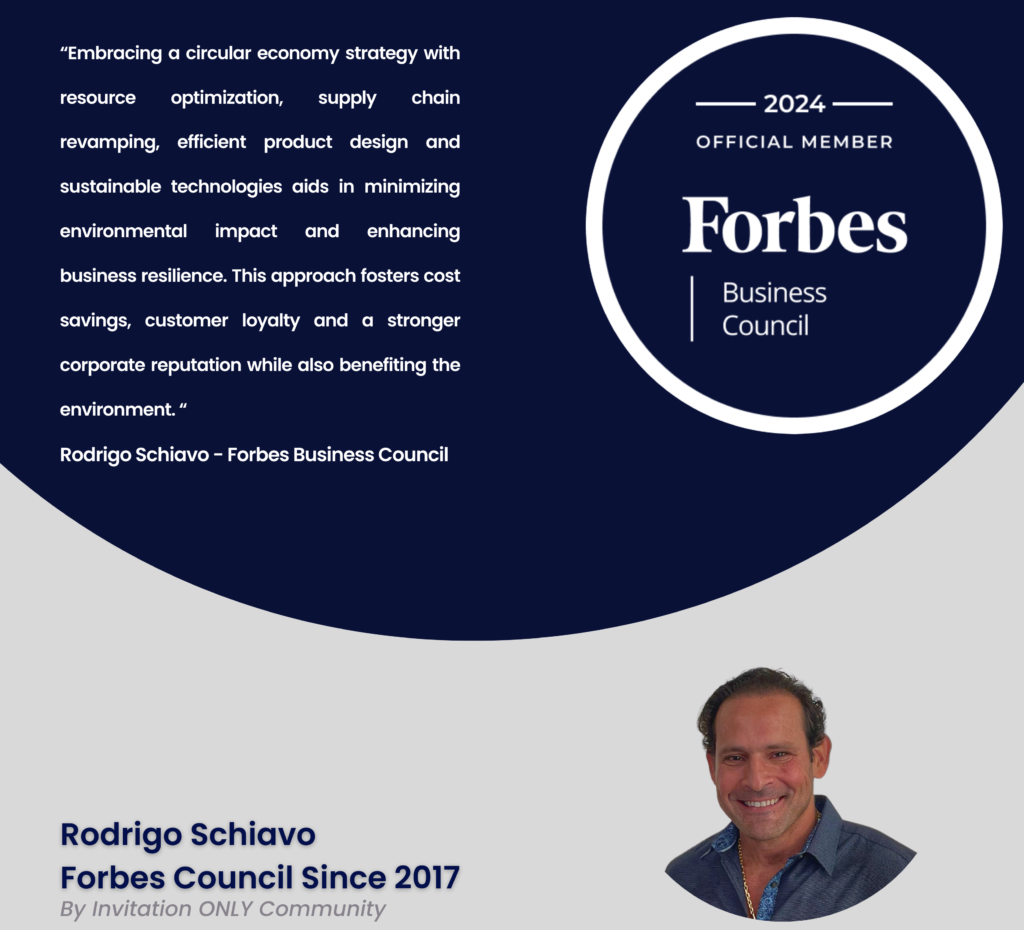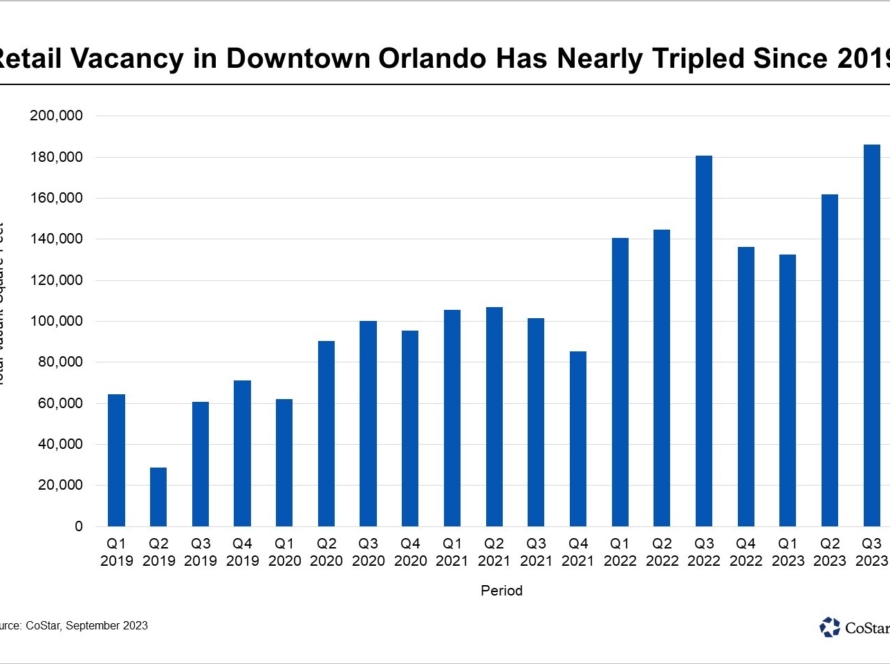
Source: Expert Panel®Forbes Councils Member: Rodrigo Schiavo, JH333 Financial Holding, LLC Forbes.com
Recently, Rodrigo Schiavo was invited to the Forbes Expert Panel to give your insight about one of the most significant business subjects in the World, the ESG, which ended up featured on Forbes.com, In our discussion, we discussed this: Modern businesses are increasingly prioritizing sustainability initiatives like addressing environmental, social, and governance issues, achieving net-zero emissions goals, and fostering diversity, equity, and inclusion. While each of these elements is vital in its own right, they often exist in silos, creating a fragmented approach to sustainability. My insight featured was:
“Embracing a circular economy strategy with resource optimization, supply chain revamping, efficient product design, and sustainable technologies aids in minimizing environmental impact and enhancing business resilience. This approach fosters cost savings, customer loyalty, and a stronger corporate reputation while also benefiting the environment.”
I emphasize the need for a unified approach to address this challenge featured in the Forbes Business Council. To that end, I am writing this article explaining my point of view about this important topic in the World.
In an era where sustainability is no longer a choice but a necessity, modern businesses are increasingly focusing on environmental, social, and governance (ESG) issues, striving for net-zero emissions, and fostering diversity, equity, and inclusion (DEI). However, these elements often operate in isolation, leading to fragmented sustainability initiatives Among the standout strategies is the concept of embracing a circular economy, a strategy that not only addresses environmental concerns but also strengthens business resilience and corporate reputation.
The Circular Economy Model: A Holistic Approach to Sustainability
The circular economy model revolves around the principles of minimizing waste and maximizing resource efficiency. This approach stands in contrast to the traditional linear model of ‘take, make, and dispose’. By implementing a circular economy strategy, businesses can create a system where resources are used more efficiently, product lifecycles are extended, and waste is significantly reduced or even eliminated.
Key Components of a Circular Economy Strategy
Resource Optimization: Efficient use of resources is fundamental to a circular economy. This involves using renewable or recyclable materials, reducing resource consumption, and minimizing waste at every stage of the production process.
Revamping Supply Chains: Transforming supply chains to be more sustainable is crucial. This means integrating circular principles such as recycling, upcycling, and sustainable sourcing into every step of the supply chain.
Efficient Product Design: Products should be designed with sustainability in mind. This includes using eco-friendly materials, designing for durability, and ensuring products are easy to repair, refurbish, or recycle.
Sustainable Technologies: Leveraging technology to enhance sustainability is key. This can include using renewable energy sources, implementing energy-efficient processes, and utilizing technology to reduce carbon footprints.
Benefits of a Circular Economy Strategy
Environmental Impact: By reducing waste and promoting the reuse of resources, the circular economy significantly lowers the environmental impact of business operations.
Cost Savings: Efficient use of resources leads to reduced costs in production and waste management, ultimately benefiting the company’s bottom line.
Customer Loyalty: Customers are increasingly drawn to sustainable brands. A circular economy approach can enhance brand loyalty and attract environmentally conscious consumers.
Corporate Reputation: Companies that adopt sustainable practices are often viewed more favorably, enhancing their reputation and standing in the market.
Business Resilience: A circular economy fosters resilience by reducing dependency on raw materials and adapting to regulatory changes favoring sustainability.
Integrating Circular Economy with ESG and DEI Initiatives
To maximize the impact, the circular economy strategy should be integrated with a company’s broader ESG and DEI initiatives. This means not just focusing on environmental sustainability, but also ensuring that social and governance aspects are addressed. For instance, ensuring fair labor practices and diversity in the supply chain aligns with DEI goals, while transparent governance aligns with ESG objectives.
The Path Forward
As businesses continue to navigate the complexities of sustainability, embracing a circular economy strategy offers a practical and impactful way forward. It’s a holistic approach that not only addresses environmental concerns but also strengthens business operations and contributes to a more sustainable, equitable, and resilient future. Companies that adopt this approach are poised to lead the way in sustainable business practices, setting a standard for others to follow.
This article is inspired by the insights of RODRIGO SCHIAVO a Forbes Business Council member, highlighting the importance of a circular economy in achieving sustainable business practices.



